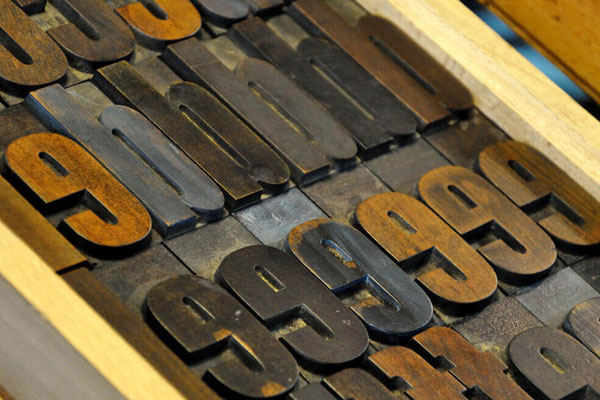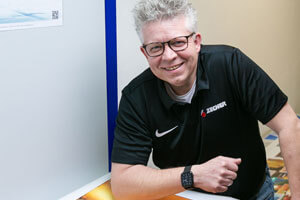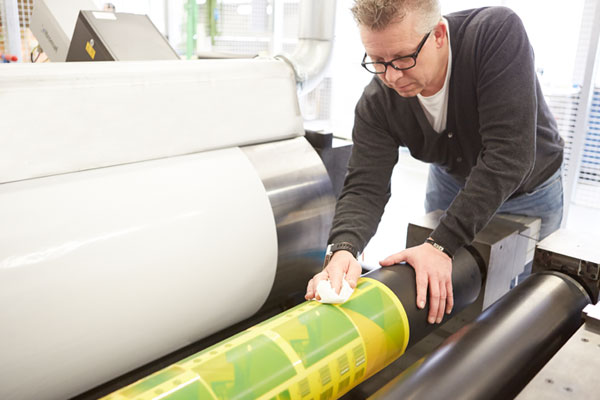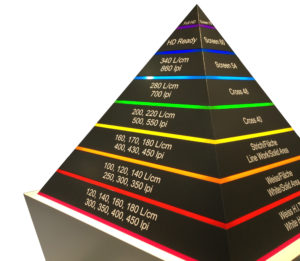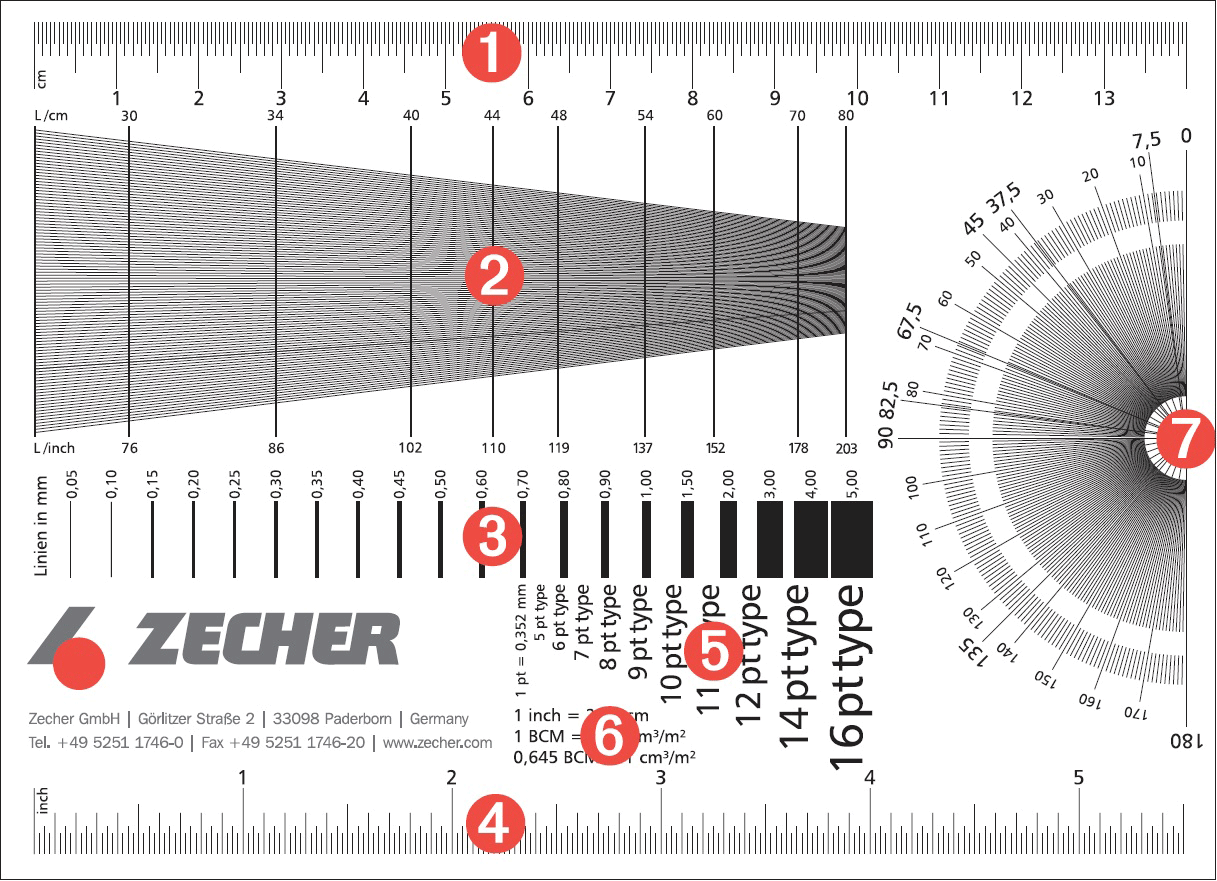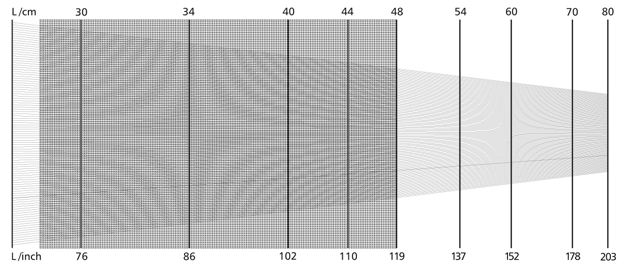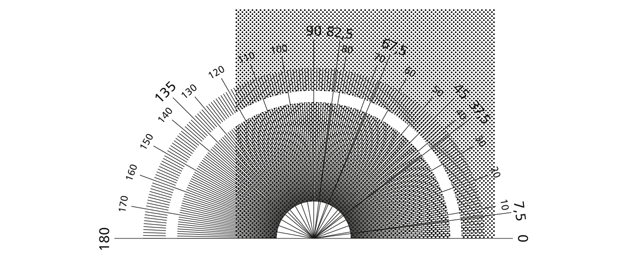Highest resolution for halftone prints of 70, 80 L / cm and above. Reproduction of the finest gradients, as well as reproduction techniques in 7-color printing. Full HD engraving is especially suitable for all HD plate technologies/types and enables you to print in perfect HD quality.
HD flexographic printing with halftone prints of 60 L/cm and above. This engraving offers you the ideal technical opportunity to take the first step into the future of high-resolution motifs.
Scale prints and gradients up to 54 L/cm. With this specification you print in impressive quality with full production reliability.
As a combination engraving, this specification level meets your requirements for halftone prints up to 48 L/cm. With this generation of rollers, you can print process and brand colors in the best quality.
We recommend this specification group especially for special colors, gradients and halftone prints up to 40 L/cm. This is the best way to get started in the field of high-quality combination printing.
The most economical way to achieve intensive areas, also in combination with fonts and EAN codes, is with this flexo standard. This engraving level is characterized by high densities and calm areas and is therefore also ideal for special colors. Do you work at the highest speed? No problem for our anilox rollers in this range.
The right foundation not only for packaging printing. As a conventional basis, this engraving level enables you to achieve high density and high opacities for your white or surface printing.
Together we will find the right printing process for your success. We look forward to receiving your inquiry!
